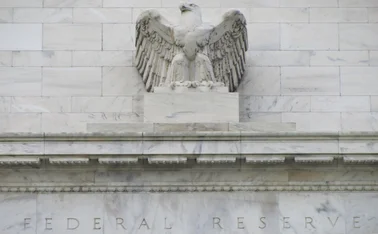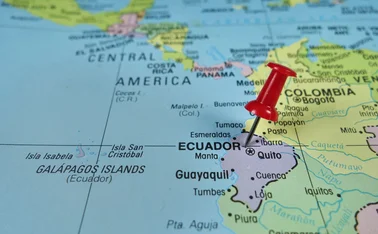
Seize the day – China Development Bank and market discipline on the BRI
Zhu Wenbin, vice-president of the Centre for Financial Research and Development of the China Development Bank, explains why only innovative financing and market mechanisms can fund the huge ambition of the Belt and Road Initiative
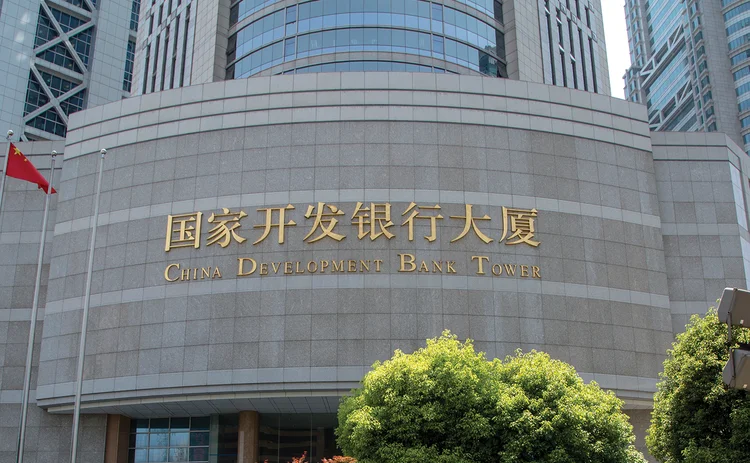
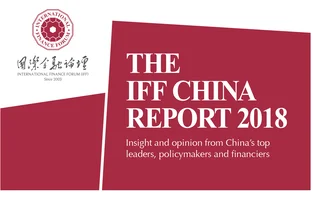
The achievements of the Belt and Road Initiative (BRI) are being recognised by the international community. Over the past three years, China has confronted various international and domestic impasses, and has endeavoured to cope with uncertain international political and economic situations. With the world at a crucial juncture of human development, China has determined to partner with nations along the BRI and advance the spirit of the original Silk Route, promoting the principle of shared growth through discussion and collaboration, and leading economic globalisation into a new stage. The construction of the BRI is a vision of facility connection and accessibility, smooth trade flow and accommodation of funds. Focusing on the achievements it has made, works it is undertaking and its plans for the future, this article shares the China Development Bank’s (CDB’s) experience and understanding.
As a financial development institution in China, the CDB has become an essential platform in supporting construction of the BRI and promoting globalisation. The asset size of the CDB reached US$2 trillion, and its loan balance US$1.4 trillion in 2016. Moreover, the reject ratio of the bank is very low and has remained below 1% for 12 years. The CDB has not received any substantial subsidies, but is operating and governing by marketisation.
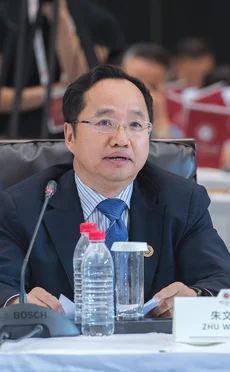
Up to the end of the first quarter of 2017, the CDB’s outstanding loans to overseas businesses had reached US$324.2 billion, accounting for one-tenth of the total outstanding loans. It is the largest external finance co-operation bank in China and one of the 50 most secure banks in the world. Currently, the bank’s overseas business is highly appreciated by residential countries and President Xi Jinping. Under the guidance of ‘five links’ and ‘three communities’, the CDB will actively serve the construction of the BRI by promoting financing and business, and contributing intelligence.
In 2015, China’s State Council gave approval to the bank’s constitution, clearly identifying that the CDB should serve to assist the construction of the BRI, including in providing international production capacity and equipment production co-operation, connectivity in infrastructure, energy resource co-operation and Chinese enterprises ‘Going Out’. The bank endeavours to push forward development projects in 64 countries along the Silk Road Economic Belt. The bank has accumulated committed capital of US$227.7 billion and has made US$168.2 billion in loans, and its balance reached US$113.8 billion dollars at the end of 2016. This data demonstrates that the CDB focuses on serving national economic and diplomatic strategies.
In 2016, the CDB co-ordinated more than 10 national high-level visits and entered into agreements of various projects worth US$24.7 billion in total. These projects extend to the energy, mining, aviation, finance, chemical and new- and high-tech industries. The bank pays close attention to developing institutions by launching bank associations with central and eastern European countries and serving national economic and diplomatic arrangements.
The projects the CDB promotes are based primarily in the countries and regions along the BRI . The bank has also developed partnerships with institutions such as the United Nations Development Programme to meet the needs of nations along the BRI. To do this, the bank has proposed projects that principally serve the framework of ‘six corridors, six means of communication, multiple countries and multiple ports’. Until now, landing projects have included the Jakarta–Bandung High-Speed Railway, Russia’s Yamal liquefied natural gas project and the UK’s Hinkley Point C nuclear power project – a flagship BRI project in a developed country. More than US$40 billion has been accumulated.
At the same time, as part of the innovative BRI financing model, the bank adopted a public-private partnership model and the principle of international project financing to involve stakeholders in the contruction of the BRI.
Furthermore, the CDB provides specific financial production for the BRI by assembling consortiums of banks, international services, a multilateral investment agency and private investment institutions. Moreover, the bank carries out bilateral and multilateral operations in collaboration with other financial institutions. With local financial organisations’ participation and support, it brings positive input to the implementation of projects in host countries, as well as contributing to renminbi internationalisation in these countries. President Xi announced special project loans to the CDB valued at RMB250 billion at the Belt and Road Forum for International Co-operation in May 2017, partly for renminbi and partly for different forms of foreign exchange. The bank is involved in various international projects with varying characteristics and practical situations, but will promote all parties’ joint discussions and joint construction, and build a more suitable capital structure, in the spirit of marketisation.
The CDB and countries along the BRI have been collaborating with more than 4,200 agriculture and forestry businesses, and more than 900 small and medium-sized enterprises. Additionally, the bank puts cultural and educational exchanges at the top of the agenda and has funded scholarships for 192 students from BRI countries to study in China in the name of of cultural communication and appreciation, and making joint communication and construction of the BRI more effective.
The bank, enjoying the advantages of state credit, offers services for countries along the BRI by applying large, long-term and moderate-cost capital. Different governments, financial organisations and enterprises share growth through discussion and collaboration, which can identify, break down and prevent risk. The CDB is willing to share its thoughts and experiences with stakeholders to achieve a common goal.
The Silk Road International Association (SRIA) will provide effective intelligence support in the construction of the BRI, as knowledge sharing is as important as financing and business sharing. As for possible risks and uncertainties in the process of BRI construction, SRIA could offer support in identifying, analysing, preventing and dissolving these risks. The BRI is a vital public service that China provides to the world, the benefits of which can be shared by every country.
The world economy is still in a state of resuscitation. Trade growth and investment is still weak, the driving force for growth is not stable and the choke point of infrastructure and connectivity in each nation and region needs to be resolved. The SRIA is therefore expected to gather knowledge and constructive ideas from stakeholders, jointly explore new paths for development with partners, stress co-operation around infrastructure and connectivity, and build middle- and long-term co-operation institutions for the BRI, and more close and pragmatic co-operation partnership relations.
The CDB will move with the tide of historical development, seize the opportunity and actively engage in BRI construction. It will adhere to the principles of enhancing national power, relying on state credit, predicting and acting against risks, insisting on economic viability and giving full play to its advantages in middle- and long-term infrastructure, financing and international business to strengthen and deepen co-operation with foreign and domestic financial organisations and think tanks. All these steps are taken for improved BRI construction and the promotion of powerful, inclusive and sustainable development for the BRI.
Only users who have a paid subscription or are part of a corporate subscription are able to print or copy content.
To access these options, along with all other subscription benefits, please contact info@centralbanking.com or view our subscription options here: http://subscriptions.centralbanking.com/subscribe
You are currently unable to print this content. Please contact info@centralbanking.com to find out more.
You are currently unable to copy this content. Please contact info@centralbanking.com to find out more.
Copyright Infopro Digital Limited. All rights reserved.
You may share this content using our article tools. Printing this content is for the sole use of the Authorised User (named subscriber), as outlined in our terms and conditions - https://www.infopro-insight.com/terms-conditions/insight-subscriptions/
If you would like to purchase additional rights please email info@centralbanking.com
Copyright Infopro Digital Limited. All rights reserved.
You may share this content using our article tools. Copying this content is for the sole use of the Authorised User (named subscriber), as outlined in our terms and conditions - https://www.infopro-insight.com/terms-conditions/insight-subscriptions/
If you would like to purchase additional rights please email info@centralbanking.com
Most read
- Central banks prepare for the rise of AI
- BIS’s Zhang Tao on why Asian central banks favour a broader policy mix
- Central bank of the year: Central Bank of Brazil

